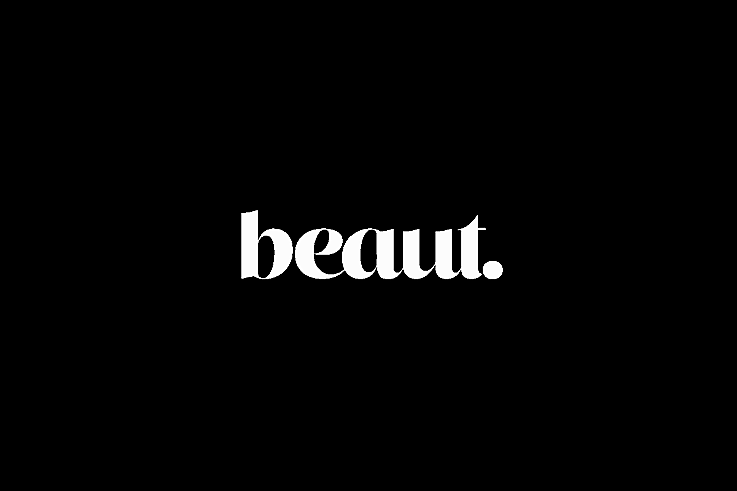

Pregnancy does a lot of strange things to a body - besides the obvious, that is. Stretch marks and swollen feet were offset by the hair on my legs barely growing at all and although my skin was very dry, it was also perfectly clear. My hair also reaped the benefits - besides looking thicker and healthier, I found it needed to be washed less frequently. And when I did wash it, the usual tangle of lost hairs needing to be removed from the drain was greatly reduced to just a few stray hairs. Oh the joys of not having to pick endless loose hairs off my clothes after brushing my hair!
Then the baby arrived and after a few weeks I noticed there were more hairs in the shower drain after washing. Oh well, I thought, that had to come to an end sometime. And then suddenly the baby was three months old and I was pulling out hairs by the fistful when I combed or washed it.
Very normal, my hairdresser assured me when I went to get my hair chopped up to my shoulders, reasoning that shorter hair would mean less of it to pick up after myself. Knowing it was normal didn't stop me from worrying when I started to notice the hair on my temples was visibly thinner, so I did a bit of research.
I discovered that normally, about 85-to-95% of the hair on your head is growing, while the rest is in what's known as a resting stage. After the resting period, this hair falls out and is replaced by new hair growth. On average, you shed about 100 hairs a day. During pregnancy, oestrogen levels are higher and this prolongs the growing stage. As a result, there are fewer hairs in the resting stage and fewer falling out each day, which is why hair can often look thicker and healthier during pregnancy.
After you give birth, oestrogen levels fall again and suddenly a lot more hair enters the resting stage. Hence the handfuls of hair while washing and brushing and the (usually temporary) thin patches. This period of shedding excess hair usually lasts around 3 to 6 months and hair should be back to its normal cycle by a year after the birth if not sooner.
Advertised
I can confirm my hair is looking a lot better now, eight months after giving birth. The thin patches at my temples have filled in and I can see lots of short baby hairs at the hairline. And while I'm still losing more hair than usual when I comb or wash it, it's not coming out in quite the same huge handfuls as it was previously.
While there's nothing you can do to prevent this (and as with all hormonal changes, it affects some more than others), there are a few things you can try to encourage new hair growth during this period:
- ensure you're eating a well-balanced diet with plenty of protein
- continue taking (or introduce) prenatal vitamin supplements, particularly if breastfeeding (pre-natal supplements are usually suitable when breastfeeding, but check with a doctor if you have any doubts)
- supplements such as biotin, silica, calcium and zinc can all help with hair growth, as can omegas found in fish and flaxseed oils
- low iron levels can contribute to hair loss, so try to ensure you're getting enough iron in your diet or include it in supplement form
Don't forget to treat your hair gently during this period - you can speed up the removal of those pesky loose hairs in the falling out stage by combing your hair thoroughly with a wide-toothed comb before washing, then use gentle haircare products and avoid any styling that will involve tugging at your hair with rough brushes (take my word on this last point - I got the fright of my life when I saw how full of hair my round barrel brush was after one particular blowdry and it's been in hibernation ever since).
And remember, as with all the other less-than-charming side effects of pregnancy, the end result is worth it all!



